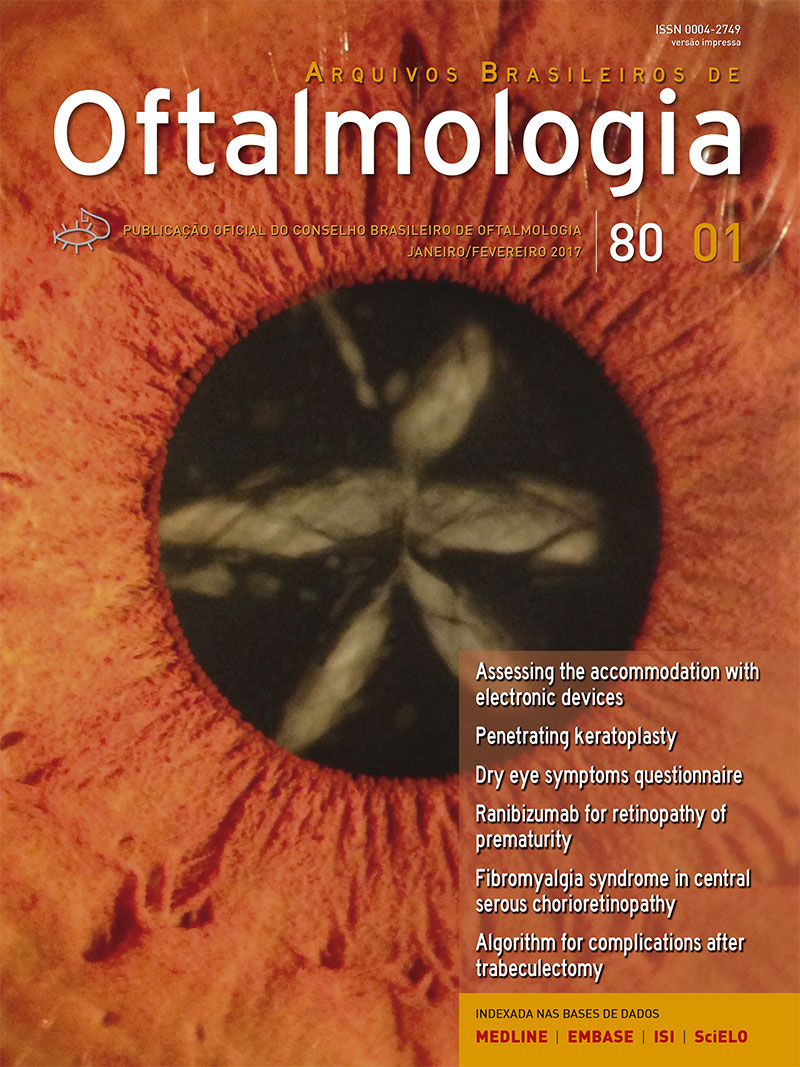Purpose: To identify the changes in aerobic conjunctival bacterial flora and to correlate culture results with physical health and the duration of patients' hospitalization in an intensive care unit (ICU). Methods: Patients hospitalized in the ICU were included in this study. Conjunctival cultures from all patients were obtained using a standard technique on days 1, 3, 7, and 14. Swabs were plated on nonselective (blood agar) and enriched (chocolate agar) media within one hour. Visible colonies were isolated, and standard microbiological techniques were used to identify the bacteria. The frequency, identity, and correlation of culture results with patients' physical findings and the duration of hospitalization were determined. Results: We obtained 478 cultures (day 1, 270; day 3, 156; day 7, 36; and day 14, 16) from 135 patients; 288 (60.2%) cultures were positive, and 331 microorganisms were isolated. The most frequently isolated microorganism from the cultures was coagulase-negative Staphylococcus species (n=210/331, 63.5%), and the others were Corynebacterium diphtheriae (n=52/331, 15.7%), S. aureus (n=26/331, 7.9%), gram-negative bacilli other than Pseudomonas (n=14/331, 4.2%), Neisseria species (n=8/331, 2.4%), Pseudomonas aeruginosa (n=6/331, 1.8%), Haemophilus influenzae (n=7/331, 2.1%), Acinetobacter species (n=6/331, 1.8%), and Streptococcus species (n=2/331, 0.6%). The frequency of positive cultures significantly increased (p<0.03) with time. Conclusions: Prolonged hospitalization significantly predisposes to bacterial colonization. The colonization rate of S. aureus and Neisseria spp. increased significantly after one week.
Keywords: Conjunctiva/microbiology; Eye banks; Intensive care units; Bacterial flora
